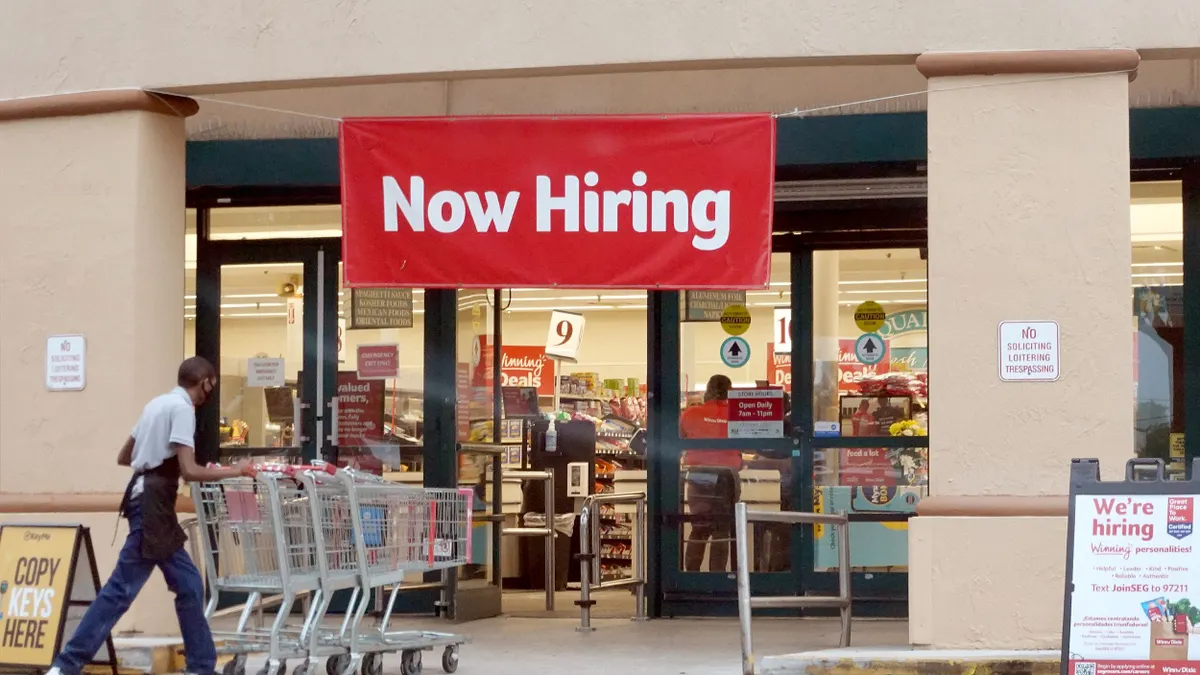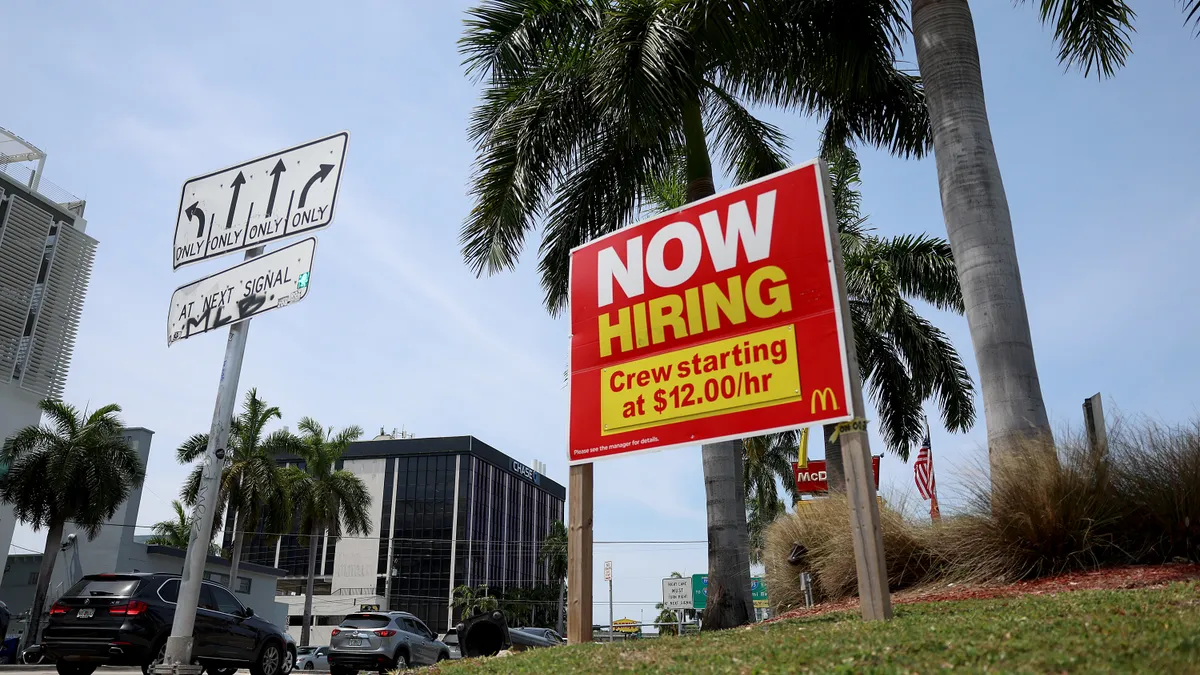When Eileen Carey and Lauren Mosenthal (pictured above to the left and right, respectively) first met, it’s appropriate that it happened via social networking. Facebook, to be exact.
Today, Carey is CEO and Mosenthal CTO of Glassbreakers, a San Francisco startup that is looking to close the diversity gap at employers nationwide. The two came together because Carey needed a roommate and Mosenthal, moving from Boulder, Colo., needed a place to live. They began following each other on Twitter and soon, over a few drinks, the self-described “startup nerds” discovered a shared passion over a business problem and a tech-driven solution.
“We’ve worked together as business partners ever since that day two years ago,” Carey says. “I have an MBA and a hustler mentality and Lauren is a genius software engineer with a masters in UX design … we’re the perfect co-founder combo.”
Simply, Glassbreakers provides scalable diversity solutions through what Carey calls inclusion technology. The idea is a Software as a Service (SaaS) platform that matches employee resource group members with mentors within an enterprise. It provides, Carey says, “a digital transformation of employee resource groups that scales internal connections, delivers curated talent development content and provides strong analytics tools.”
With Glassbreakers, diversity and inclusion teams from most every industry can tie their initiatives to retention, promotion, employee engagement, lateral movement and, ultimately, the employer’s bottom line.
The importance of peer connections
While it was originally created for women, the current iteration now supports all inclusion communities within an organization, and is integrated into the existing employee workflow. Users sign up using their company email address, self-identify based on personal and professional interests and experiences, select the employee resource groups they belong to or want to participate in, and are then connected to mentors within those communities.
Each inclusion community is provided with curated content specific to their network as well as internal resources.
While Glassbreakers doesn’t disclose its current enterprise partners, Carey did say they include Fortune 500 companies from 10,000 employees to 100,000 employees.
“Our partners are integral to our product development, helping us define what will be the gold standard for our diversity & inclusion metrics,” she says. “In addition to our partners, we’ve interviewed thousands of people to understand the key relationships and moments of impact in each person’s life that propelled them forward.”
Carey explains that so far the overwhelming response is that peer connections (within 1-3 years of each other), both personal and professional, really had significant impact in how people moved forward professionally. Glassbreakers incorporates those findings into its enterprise solution, which offers peer connections, mentor/mentee matching, and the ability to connect with others on the leadership track.
“People crave both personal and professional development,” Carey says. “We spend a significant amount of our lives at work. When employers support how people interact and collaborate, they will ultimately have a happier, engaged and more productive workforce.”
According to Mosenthal, Glassbreakers offers comprehensive, accurate and real-time metrics, which are necessary to understand any company -wide initiative, including those aimed at diversity. And the results that Glassbreakers delivers inform management on which initiatives are working by showing employee engagement, sentiment, retention and mobility.
“It enables them to tie their diversity and inclusion initiatives with robust analytics to improve the bottom line, which is critical in the world of global multinational corporations,” Mosenthal notes.
The power of analytics
Naturally, there could be concern over data privacy and security, and Mosenthal says both are taken extremely seriously. Employers do not have access to any individual employee’s data and its analytics are completely anonymized and aggregated to protect both the employer and the employee.
When employees are connected within the platform, they will only be connected based on personal interests and professional experiences they share in common. For example, if an employee identifies as pregnant and is connected to a peer mentor match who does not identify as pregnant, that interest will not appear on her profile and will remain private unless she is matched with another self-identified pregnant employee.
“Employers are completely unable to view that information, which is in the best interest for Glassbreakers, the employee communities we support, and our enterprise partners,” Mosenthal says.
Long-term, Carey says Glassbreakers hopes to accelerate diversity in the workforce. Apart from its enterprise platform, Glassbreakers also has more than 20,000 users on its free consumer platform,.
“We are so proud of that fact,” Mosenthal says, adding that those 20,000 users include 90% of the Fortune 100 and 80% of the Fortune 500 professionals currently using the company’s free consumer personal product.
“Every community experiences a unique set of challenges that impact their work life differently,” Carey says. From a product perspective, Glassbreakers puts a lot of value in its user experience research to best understand the needs and experiences of each employee resource group.
“The way we look at supporting talent, the focus extends beyond what we can do for them professionally, but also how to support them personally to get to the next level,” she adds. “This is something that is constantly evolving.”




















